Home>Articles>How Much Difference Does Attic Insulation Make
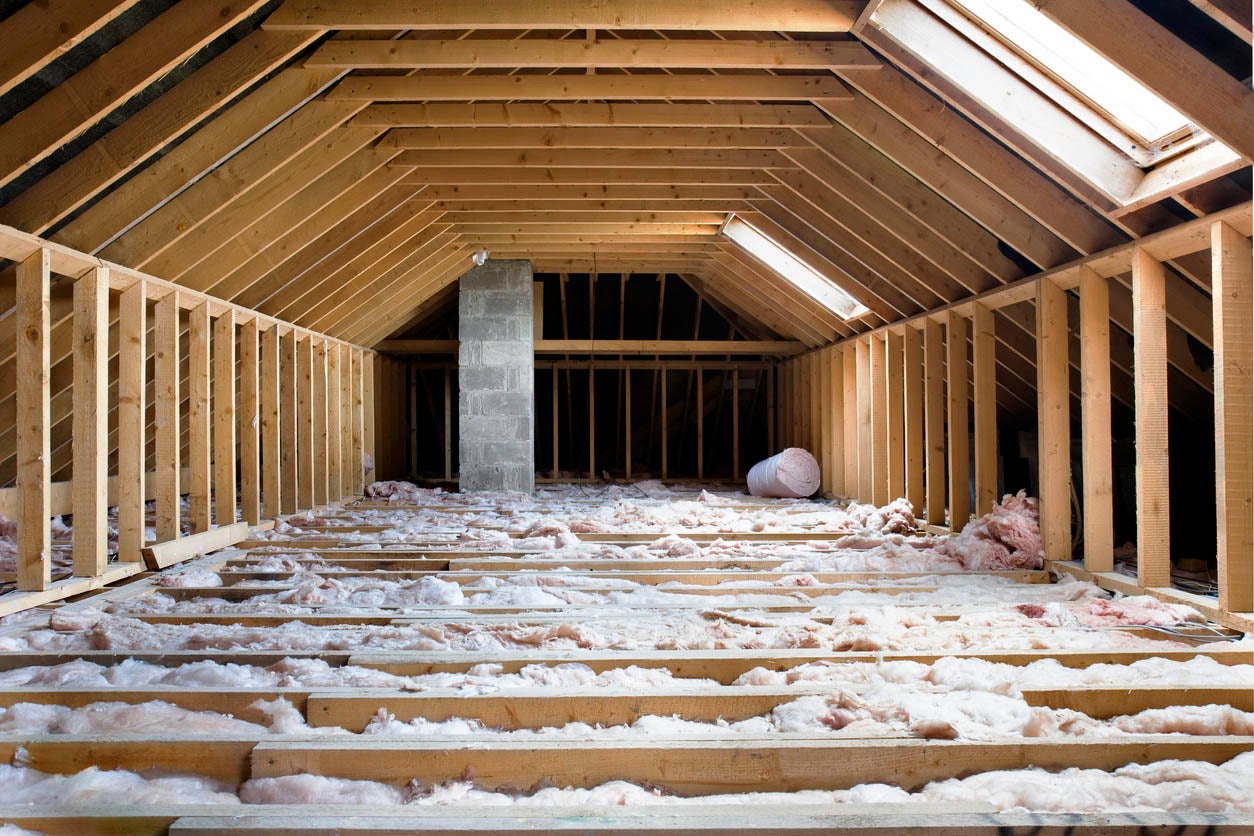

Articles
How Much Difference Does Attic Insulation Make
Modified: October 20, 2024
Discover the impact of attic insulation in improving your home's energy efficiency. Read our articles to learn how a little insulation can make a big difference.
(Many of the links in this article redirect to a specific reviewed product. Your purchase of these products through affiliate links helps to generate commission for Storables.com, at no extra cost. Learn more)
Introduction
Welcome to our comprehensive guide on attic insulation! If you’re a homeowner looking to enhance the energy efficiency and comfort of your home, then you’ve come to the right place. Attic insulation plays a crucial role in maintaining a consistent temperature, reducing energy consumption, and creating a more comfortable living environment.
Many homeowners overlook the importance of attic insulation, not realizing that it can have a significant impact on their energy bills and overall comfort. In fact, studies have shown that proper attic insulation can save homeowners up to 20% on their heating and cooling costs.
In this article, we will explore the significance of attic insulation, types of insulation materials available, factors that affect insulation efficiency, and the benefits of ensuring your attic is properly insulated. We will also discuss common signs of inadequate insulation and provide tips on how to install insulation yourself or hire a professional. We will even highlight some common mistakes to avoid when it comes to attic insulation.
So, let’s dive deeper into the world of attic insulation and discover how it can make a difference in your home’s energy efficiency and overall comfort.
Key Takeaways:
- Proper attic insulation is essential for energy efficiency, cost savings, and environmental sustainability. It regulates temperature, reduces noise, and improves indoor air quality, making it a valuable investment for homeowners.
- Avoid common attic insulation mistakes such as inadequate coverage, compression, and ignoring air leaks. Proper installation and maintenance ensure optimal energy efficiency and comfort in your home.
Importance of Attic Insulation
Attic insulation is an essential component of any home’s energy efficiency strategy. It acts as a barrier, preventing heat transfer between your home and the outside environment. Without proper insulation, your home may suffer from significant energy loss, leading to increased energy bills and discomfort.
One of the primary benefits of attic insulation is its ability to regulate the temperature inside your home. During the hot summer months, insulation prevents the transfer of heat from the sun into your living space, keeping it cooler and reducing the need for excessive air conditioning. In the winter, insulation prevents the escape of warm air, helping to maintain a comfortable indoor temperature without overworking your heating system.
Proper attic insulation can also improve the overall comfort of your home by reducing drafts and cold spots. Insulation minimizes air leakage and creates a more consistent temperature throughout your home, ensuring that no room feels excessively hot or cold.
Besides temperature regulation, attic insulation can provide soundproofing benefits. It acts as a barrier, reducing outside noise from infiltrating your home and keeping your living space quieter and more peaceful.
In addition to comfort, attic insulation can have a significant impact on your energy bills. By reducing heat transfer, insulation helps to maintain a consistent temperature inside your home, which means your heating and cooling systems don’t have to work as hard or for as long. This leads to lower energy consumption and, ultimately, lower utility bills.
Furthermore, proper insulation can contribute to the overall energy efficiency of your home. When your heating and cooling systems don’t have to constantly compensate for heat loss or gain, they operate more efficiently, reducing their carbon footprint and helping to preserve the environment.
In summary, attic insulation is vital for maintaining a comfortable home and minimizing energy consumption. By preventing heat transfer, it regulates indoor temperatures, reduces drafts and cold spots, provides soundproofing benefits, and lowers energy bills. So, whether you’re building a new home or looking to upgrade your existing insulation, investing in attic insulation is a smart and environmentally-friendly choice.
Types of Attic Insulation Materials
There are several different types of insulation materials available for insulating your attic. The choice of material will depend on various factors such as the climate in your area, your budget, and any specific requirements you may have. Let’s take a look at some of the most commonly used attic insulation materials:
- Fiberglass Insulation: Fiberglass insulation is one of the most popular and widely used types of insulation. It consists of fine glass fibers that are spun into a fluffy material. Fiberglass insulation is available in rolls, batts, and loose-fill form. It is relatively easy to install and provides excellent thermal resistance. However, it is important to wear protective clothing and a mask when handling fiberglass insulation to avoid skin irritation and respiratory issues.
- Cellulose Insulation: Cellulose insulation is made from recycled paper products, primarily newspaper. It is treated with fire-retardant chemicals to enhance its fire resistance. Cellulose insulation is a popular choice for attic insulation as it is eco-friendly and provides good thermal performance. It can be blown into attics using special equipment or installed as loose-fill. Cellulose insulation also has soundproofing properties and can help reduce noise transmission.
- Spray Foam Insulation: Spray foam insulation is a versatile option that expands upon application, creating an airtight seal. It can be applied as a liquid that quickly expands and hardens into a foam, filling gaps and cracks in attic spaces. Spray foam insulation provides excellent insulation value and effectively seals air leaks, reducing energy loss. However, professional installation is recommended for spray foam insulation due to the specialized equipment and expertise required.
- Mineral Wool Insulation: Mineral wool insulation is made from natural or synthetic minerals such as rock or slag. It is available in batt or loose-fill form. Mineral wool insulation offers good thermal resistance, fire resistance, and soundproofing properties. It is also resistant to mold, mildew, and pests. Mineral wool insulation is a durable and long-lasting option for attic insulation.
- Rigid Foam Insulation: Rigid foam insulation is a high-density insulation material that provides excellent thermal resistance. It comes in rigid panels or boards that can be cut to fit the desired space. Rigid foam insulation is moisture-resistant, making it suitable for humid attic environments. It is commonly used for insulating attics with cathedral ceilings or where space is limited.
When choosing the right insulation material for your attic, consider factors such as R-value (thermal resistance), installation method, moisture resistance, fire resistance, and any specific requirements or restrictions in your area. It is also recommended to consult with insulation professionals or contractors to ensure you select the most suitable insulation material for your specific needs.
Factors Affecting Attic Insulation Efficiency
While having attic insulation is important, its effectiveness can be influenced by several factors. Understanding these factors is crucial for ensuring optimal insulation performance and energy efficiency in your home. Let’s explore some of the key factors that can affect the efficiency of attic insulation:
- R-Value: The R-value of insulation measures its thermal resistance, indicating how well it can resist heat flow. A higher R-value means better insulation performance. The R-value required for your attic will depend on factors such as your climate zone and local building codes. Ensuring that your attic insulation meets or exceeds the recommended R-value is essential for maximizing energy efficiency.
- Air Leaks: Air leaks in your attic can significantly reduce the effectiveness of insulation. Common sources of air leaks include gaps around electrical outlets, recessed lights, attic hatches, and plumbing vents. Sealing these leaks with weatherstripping, caulk, or foam can prevent warm or cool air from escaping and improve insulation efficiency.
- Attic Ventilation: Proper attic ventilation is essential for maintaining good indoor air quality and preventing moisture buildup. Moisture can undermine the effectiveness of insulation and lead to mold growth. Ensure that your attic has proper ventilation, including intake vents and exhaust vents, to allow for the exchange of air and prevent condensation and mold issues.
- Insulation Distribution: Uneven insulation distribution can create thermal gaps and reduce overall efficiency. Make sure that insulation is evenly spread throughout your attic, avoiding compression or gaps. Insulation should cover the attic floor and extend up the kneewalls and around any attic bypasses, such as chimneys or plumbing vents.
- Ductwork Insulation: If you have HVAC ducts running through your attic, ensuring they are properly insulated is vital. Uninsulated or poorly insulated ducts can result in significant energy loss, as conditioned air escapes before reaching its intended destination. Insulating ducts with specialized duct insulation or adding insulation around them can help improve efficiency.
- Maintenance: Regular maintenance of your attic insulation is essential for long-term efficiency. Over time, insulation can become compressed, settle, or become damaged, reducing its effectiveness. Inspect your insulation periodically and replace or add insulation as needed to maintain its proper performance.
By addressing these factors, you can optimize the efficiency of your attic insulation and maximize energy savings. Remember that consulting with insulation professionals or contractors can provide valuable insights and recommendations based on your specific attic and insulation needs. Taking the time to ensure these factors are properly addressed will result in a more comfortable, energy-efficient home.
Benefits of Proper Attic Insulation
Proper attic insulation offers numerous benefits that go beyond just keeping your home comfortable. It plays a crucial role in improving energy efficiency, reducing energy bills, and enhancing the overall quality of your living space. Let’s explore some of the key benefits of ensuring your attic is properly insulated:
- Energy Efficiency: One of the primary benefits of proper attic insulation is improved energy efficiency. Insulation acts as a barrier, preventing heat transfer between your home and the outside environment. This means your heating and cooling systems don’t have to work as hard to maintain a comfortable temperature, resulting in lower energy consumption and reduced energy bills.
- Cost Savings: By reducing energy consumption, proper attic insulation can lead to significant cost savings. Studies have shown that homeowners can save up to 20% on their heating and cooling costs by having adequate insulation. These savings can add up over time, providing a substantial return on investment.
- Temperature Regulation: Good attic insulation helps regulate the temperature in your home, creating a more comfortable living environment. It prevents excessive heat gain during the summer and minimizes heat loss in the winter. This means you can enjoy consistent temperatures throughout your home, without experiencing uncomfortable hot or cold spots.
- Noise Reduction: Attic insulation not only helps to regulate temperature but also provides soundproofing benefits. It acts as a barrier, reducing outside noise from infiltrating your home. This can create a quieter and more peaceful living environment, especially if you live in a noisy neighborhood or near busy roads.
- Improved Indoor Air Quality: Proper attic insulation can contribute to better indoor air quality. By sealing air leaks, insulation can help prevent the infiltration of outdoor pollutants, allergens, and dust into your home. This is especially important if you or your family members suffer from allergies or respiratory conditions.
- Environmental Sustainability: Enhancing energy efficiency through attic insulation not only benefits your wallet but also the environment. By reducing energy consumption, you are decreasing your carbon footprint and helping to conserve natural resources. This makes proper attic insulation an eco-friendly choice that promotes sustainability.
- Increase Home Value: Investing in proper attic insulation can increase the value of your home. Buyers today are more conscious of energy efficiency and the long-term cost-saving benefits it offers. A well-insulated attic can be a selling point for potential buyers and may even lead to a higher resale value.
In summary, proper attic insulation offers a wide range of benefits, from improved energy efficiency and cost savings to enhanced comfort and noise reduction. It also contributes to better indoor air quality and promotes environmental sustainability. By investing in proper attic insulation, you can create a more comfortable and energy-efficient home that provides lasting benefits for years to come.
Proper attic insulation can make a significant difference in energy efficiency and comfort in your home. It helps to reduce heat loss in the winter and heat gain in the summer, leading to lower energy bills and a more comfortable living space.
Signs of Inadequate Attic Insulation
Identifying signs of inadequate attic insulation is crucial for maintaining the energy efficiency and comfort of your home. Insufficient insulation can lead to energy loss, discomfort, and higher utility bills. Here are some common signs that may indicate your attic insulation is inadequate:
- Temperature Fluctuations: If you notice significant temperature fluctuations in different areas of your home, it could be a sign of inadequate attic insulation. Rooms that are excessively hot in the summer or cold in the winter may indicate that your insulation is not effectively regulating the indoor temperature.
- Drafts: Feeling drafts or cold spots in certain areas of your home could indicate air leaks caused by insufficient insulation. Drafts commonly occur around windows, doors, electrical outlets, and attic hatches. Checking for drafts can help identify areas that may require additional insulation or sealing.
- High Energy Bills: If your energy bills are consistently higher than expected, it may be a result of inadequate attic insulation. Insufficient insulation allows heat to escape during the winter and enter during the summer, causing your heating and cooling systems to work harder and consume more energy.
- Uneven Heating or Cooling: Inadequate attic insulation can lead to uneven heating or cooling throughout your home. Some rooms may feel warmer or colder than others, indicating that your insulation is not effectively distributing and retaining the conditioned air.
- Mold or Moisture Problems: Insufficient insulation can contribute to moisture problems in your attic, leading to mold and mildew growth. If you notice signs of mold or moisture such as musty odors, water stains, or damp insulation, it may be an indication that your attic insulation needs attention.
- Pests in the Attic: Inadequate insulation can create openings where pests can enter your attic. Rodents, insects, and other pests are attracted to the warmth and shelter that an under-insulated attic can provide. If you notice signs of pest infestation in your attic, it may be a sign that your insulation needs to be evaluated and improved.
- Visible Insulation Problems: Inspect your attic visually for any signs of damaged or compressed insulation. Over time, insulation can settle or become damaged, reducing its effectiveness. If you notice gaps, thin areas, or damaged insulation, it may be time to add or replace your attic insulation.
If you notice any of these signs in your home, it is recommended to consult with insulation professionals or contractors. They can assess your attic insulation and provide recommendations on how to improve its efficiency and effectiveness. Addressing inadequate attic insulation can help create a more comfortable and energy-efficient home, saving you money in the long run.
How to Install Attic Insulation
Installing attic insulation is a cost-effective way to improve energy efficiency and comfort in your home. While it is possible to install insulation yourself, it’s important to follow proper procedures to ensure optimal results. Here are the general steps involved in installing attic insulation:
- Assess Your Attic: Before beginning the installation process, assess your attic and determine the type and amount of insulation needed. Consider factors such as the climate in your area, recommended R-value, and any specific requirements or restrictions.
- Prepare the Attic: Clear the attic space of any debris, obstructions, or items that may hinder the installation process. Ensure that the attic is well-lit and has proper ventilation.
- Seal Air Leaks: Before installing insulation, it’s crucial to seal any air leaks in the attic. Use weatherstripping, caulk, or foam to seal gaps around electrical outlets, recessed lights, plumbing vents, and other potential sources of air leakage. This helps to maximize insulation efficiency.
- Choose the Insulation Material: Select the appropriate insulation material based on your needs, budget, and climate. Common options include fiberglass batts or rolls, loose-fill cellulose or fiberglass, or spray foam insulation. Follow manufacturer instructions for handling and installation of the chosen material.
- Measure and Cut: Measure the length and width of the attic floor and any areas where insulation will be installed. Use a utility knife or insulation cutter to cut the insulation material to the appropriate size. Be sure to wear protective gloves, a long-sleeved shirt, and a mask to prevent irritation.
- Install Insulation: Start by laying insulation along the attic floor, working from one end to the other. Ensure the insulation fits snugly against the walls and does not leave any gaps. Use a straightedge or board to compress insulation in hard-to-reach areas, such as corners or tight spaces. For loose-fill insulation, use a blower to distribute it evenly.
- Insulate Attic Access Points: If your attic has access points, such as an attic hatch or pull-down stairs, these areas should be insulated as well. Use an insulation cover or insulate the access panels to prevent heat transfer and air leakage.
- Maintain Proper Ventilation: Ensure that vents in the attic are not covered by insulation, as this can impede proper ventilation. Maintain clear pathways for air to flow, allowing for adequate ventilation to prevent moisture buildup.
- Consider Safety: Insulation installation can be physically demanding and require working in confined spaces. Take breaks as needed, and be cautious of tripping hazards or exposed wiring in the attic. If you’re uncomfortable with the installation process or unsure about safety precautions, consult with a professional insulation contractor.
Remember, the specific steps and techniques may vary depending on the insulation material and your attic’s unique characteristics. It’s always a good idea to consult manufacturer instructions or seek guidance from insulation professionals if you are unsure about any aspect of the installation process. Properly installed attic insulation can help create a more energy-efficient and comfortable home.
Hiring a Professional vs. DIY Attic Insulation
When it comes to attic insulation, homeowners often debate whether to hire a professional or tackle the project themselves. Both options have their pros and cons, and the decision ultimately depends on several factors. Let’s compare hiring a professional versus a DIY approach for attic insulation:
DIY Attic Insulation:
Pros:
- Cost Savings: One of the primary reasons homeowners opt for a DIY approach is to save money. By purchasing insulation materials and installing it yourself, you can potentially reduce labor costs associated with hiring a professional.
- Familiarity with Your Home: As a homeowner, you have a good understanding of your home’s layout and specific insulation needs. This familiarity can help you identify problem areas and strategize the most effective insulation approach.
- Satisfaction of Accomplishing a Project: Taking on a DIY project like attic insulation can be rewarding. It gives you the opportunity to learn new skills and have a sense of accomplishment once the project is completed.
Cons:
- Limited Expertise and Tools: Attic insulation requires knowledge of insulation techniques and the proper tools to ensure optimal results. Without prior experience, you may not have the expertise or specialized equipment to complete the installation correctly.
- Time and Effort: Installing attic insulation can be a time-consuming and physically demanding task. It involves working in tight spaces, cutting and fitting insulation materials, and ensuring proper coverage. DIY installation may require more effort and time commitment than you initially anticipated.
- Potential for Mistakes: Insulation mistakes, such as improper installation or gaps in coverage, can lead to reduced insulation effectiveness and energy loss. Lack of experience and knowledge may increase the risk of making these mistakes, potentially impacting the overall performance of your insulation.
Hiring a Professional:
Pros:
- Expertise and Experience: Professional insulation contractors have the necessary skills, knowledge, and expertise to efficiently install attic insulation. They are familiar with local building codes and regulations and can ensure proper insulation coverage and effectiveness.
- Time Savings: Hiring a professional allows you to save time and effort. They are equipped with the necessary tools and equipment, allowing for a quicker and more efficient installation. This means you can enjoy the benefits of properly installed insulation without investing your own time.
- Guaranteed Results: Professional insulation contractors typically offer warranties or guarantees on their workmanship. This provides you with peace of mind, knowing that the installation is done correctly, and any potential issues will be addressed by the professionals.
Cons:
- Higher Cost: Hiring a professional for attic insulation will come at a higher upfront cost compared to a DIY approach. However, it’s important to consider the value of their expertise, efficiency, and the assurance of a job well done.
- Lack of Personal Involvement: Some homeowners enjoy the hands-on approach of a DIY project and may feel detached from the installation process by hiring a professional. If you prefer being involved in every aspect of home improvement projects, hiring a professional may not provide the same level of personal satisfaction.
Ultimately, the decision between hiring a professional or opting for a DIY approach depends on your comfort level, budget, and the complexity of the project. If you have the necessary skills, equipment, and time to devote to the installation process, DIY can be a viable option. However, if you lack experience, prefer to save time and ensure optimal results, hiring a professional insulation contractor is worth considering. Consulting with insulation professionals can provide insights and recommendations tailored to your specific attic and insulation needs.
Common Mistakes to Avoid in Attic Insulation
When it comes to attic insulation, it’s important to avoid common mistakes that can compromise its effectiveness and lead to energy loss. Understanding these mistakes and taking preventive measures can ensure that your attic insulation performs optimally. Here are some common mistakes to avoid in attic insulation:
- Inadequate Insulation Coverage: One of the most common mistakes is not installing enough insulation or failing to achieve proper coverage. Insufficient insulation won’t provide the desired energy efficiency and comfort benefits. It’s essential to follow recommended insulation thickness and density guidelines to ensure adequate coverage.
- Compression of Insulation: Compressing insulation reduces its insulating properties, creating air gaps and diminishing its effectiveness. Avoid compressing insulation around wires, cables, or in areas with limited space. Instead, use a foam board or insulation batts that fit properly without compression.
- Leaving Gaps: Leaving gaps in insulation allows air to pass through, resulting in energy loss. Carefully fit insulation around obstacles such as chimneys, pipes, or ventilation ducts to ensure a complete seal. Use expanding spray foam or insulation baffles to fill any gaps around these areas.
- Blocking Vents: Blocking attic vents with insulation can disrupt proper air circulation and ventilation, leading to moisture buildup and potential mold growth. Ensure that vents remain clear and unobstructed by insulation to maintain good airflow in the attic.
- Ignoring Air Leaks: Before insulating, it’s crucial to seal any air leaks in the attic. Neglecting this step allows for heat transfer and reduces the effectiveness of insulation. Use weatherstripping, caulk, or foam to seal gaps around electrical outlets, pipes, and other potential sources of air leakage.
- Insulating Over Moisture or Mold: Installing insulation over moisture or mold-infested areas is a significant mistake. It can exacerbate the problem and lead to further damage. Address any moisture issues or mold growth before insulating by identifying and remedying the source of the problem.
- Insufficient Attic Ventilation: Inadequate attic ventilation can result in excessive heat buildup and moisture accumulation, reducing the effectiveness of insulation. Ensure proper ventilation through intake and exhaust vents to promote airflow and prevent moisture-related problems.
- Not Considering Safety: Insulating an attic can involve working in confined spaces, handling insulation materials, and coming into contact with potentially hazardous substances. It’s essential to wear protective clothing, gloves, and a mask to prevent skin irritation and respiratory issues. Take regular breaks and stay hydrated throughout the installation process.
- Not Following Manufacturer Instructions: Different insulation materials have specific installation requirements and guidelines. Failing to follow manufacturer instructions, such as proper handling, cutting, and installation techniques, can result in poor insulation performance. Always refer to the manufacturer’s guidelines for the specific insulation material you are using.
- Not Seeking Professional Help When Needed: While DIY attic insulation is possible, there are instances where professional assistance is highly recommended. If you have a large or complex attic, lack experience, or are unsure about any aspect of the insulation process, it’s best to consult with insulation professionals. They can ensure proper installation and address any potential challenges or safety concerns.
By avoiding these common mistakes and following proper insulation techniques, you can ensure that your attic insulation performs optimally, providing the desired energy efficiency and comfort benefits for your home. If you have any uncertainties or concerns during the insulation process, it’s always wise to seek help from professionals to achieve the best possible results.
Conclusion
Attic insulation plays a crucial role in maintaining a comfortable and energy-efficient home. By understanding the importance of attic insulation and the various factors that affect its efficiency, homeowners can make informed decisions to enhance their living environment.
Properly installed attic insulation offers numerous benefits, including improved energy efficiency, reduced energy bills, regulated temperatures, and soundproofing capabilities. It also contributes to better indoor air quality and environmental sustainability. These benefits make attic insulation an essential investment for homeowners looking to optimize their home’s comfort and energy consumption.
When it comes to installing attic insulation, homeowners have the option to either tackle the project themselves or hire a professional. While the DIY approach may offer cost savings and personal involvement, it requires time, effort, and adequate knowledge to ensure proper installation. Hiring a professional insulation contractor provides the advantage of expertise, efficient installation, and guaranteed results, albeit at a higher cost.
To ensure successful attic insulation installation, it is crucial to avoid common mistakes such as inadequate coverage, compression of insulation, leaving gaps, and blocking ventilation. Additionally, addressing air leaks and ensuring sufficient attic ventilation are critical for maintaining insulation efficiency and preventing moisture issues.
In conclusion, attic insulation is an essential component of an energy-efficient home. By properly insulating your attic, you can enjoy a more comfortable living environment, reduce energy consumption, lower utility bills, and contribute to environmental sustainability. Whether you choose to undertake the insulation project yourself or hire a professional, it is important to adhere to proper installation techniques and avoid common mistakes to achieve the desired benefits of attic insulation.
Frequently Asked Questions about How Much Difference Does Attic Insulation Make
Was this page helpful?
At Storables.com, we guarantee accurate and reliable information. Our content, validated by Expert Board Contributors, is crafted following stringent Editorial Policies. We're committed to providing you with well-researched, expert-backed insights for all your informational needs.
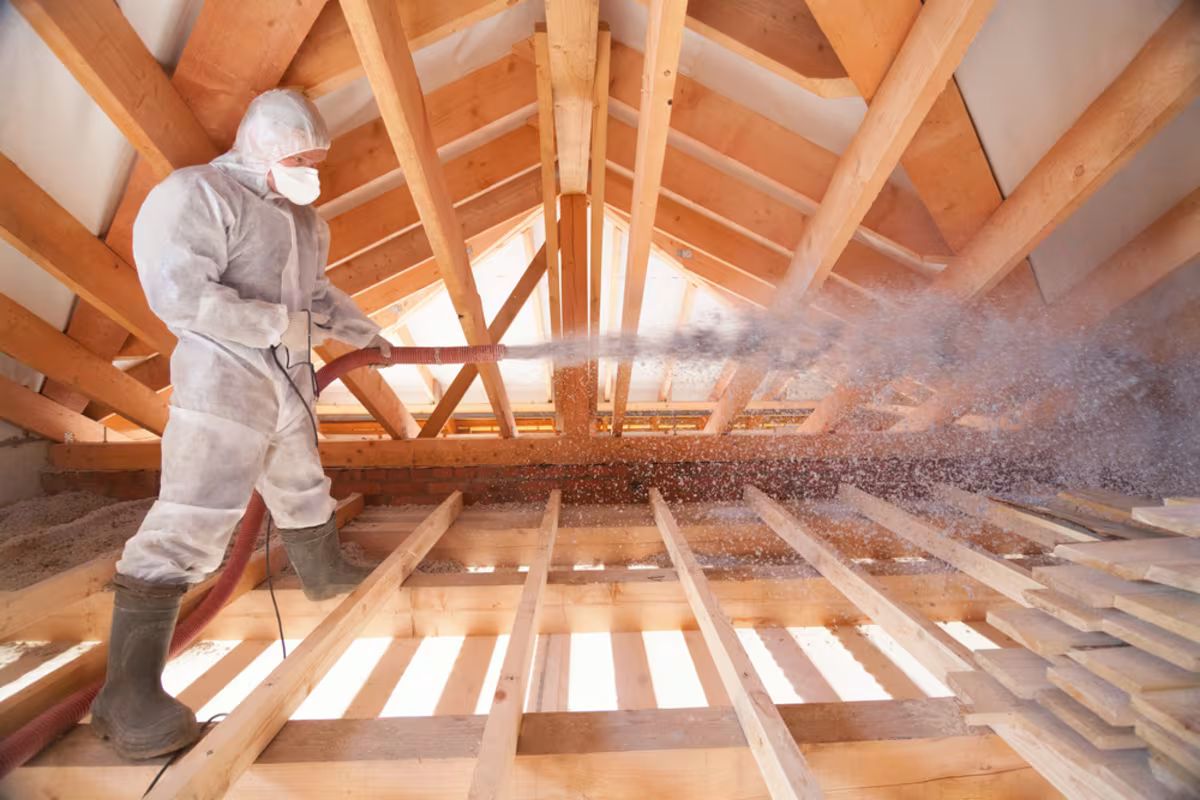
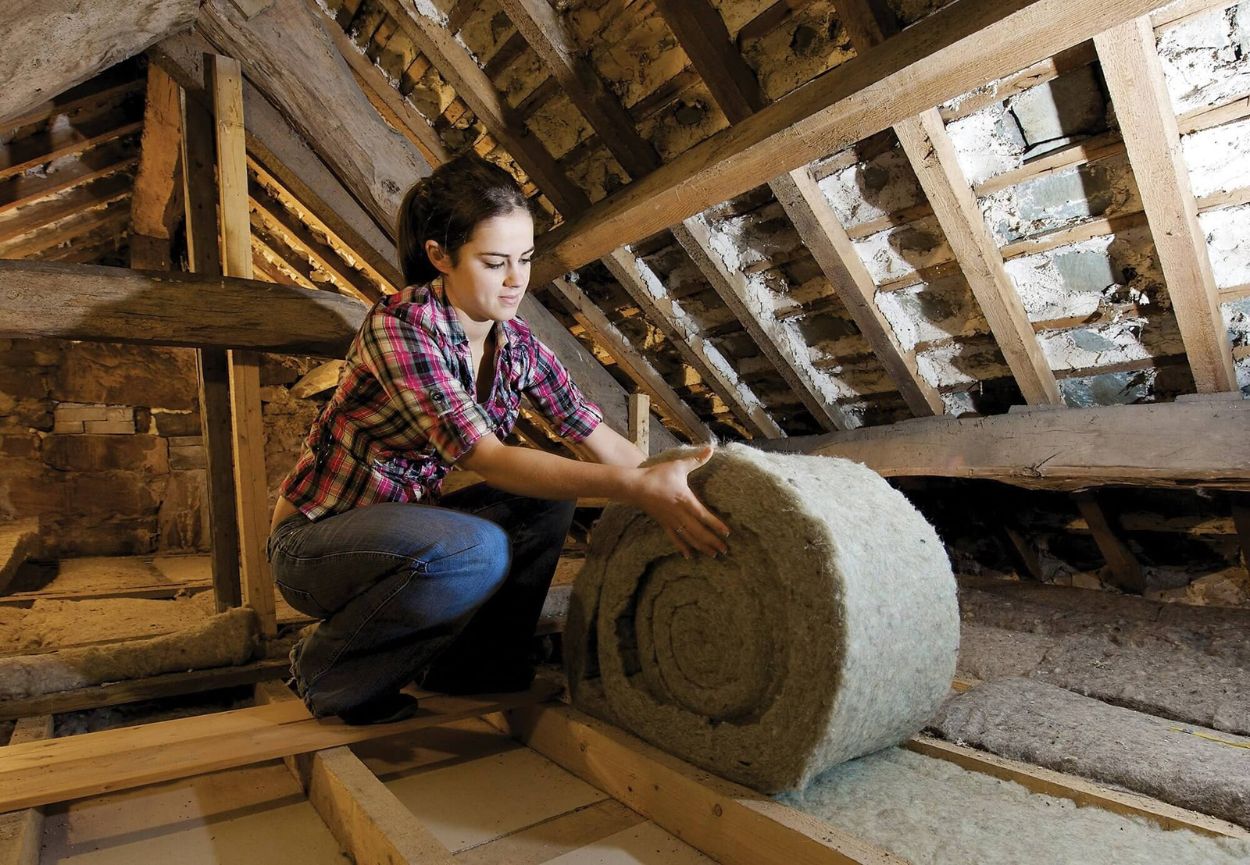

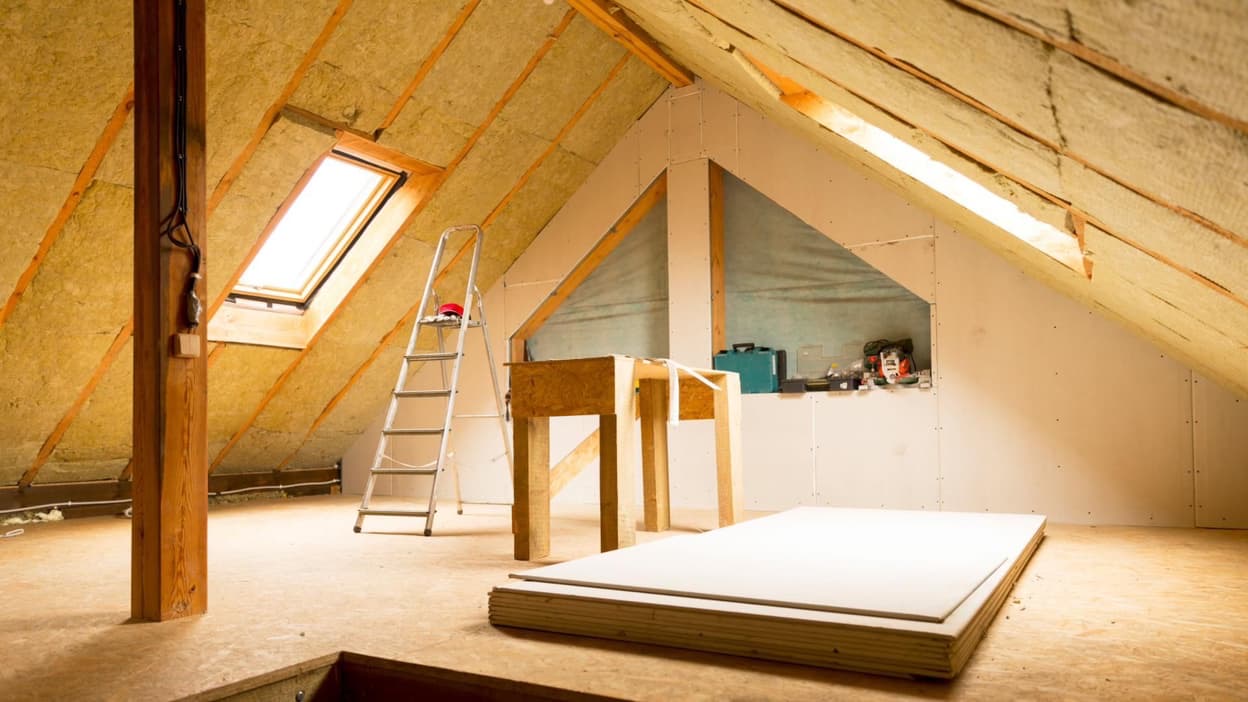
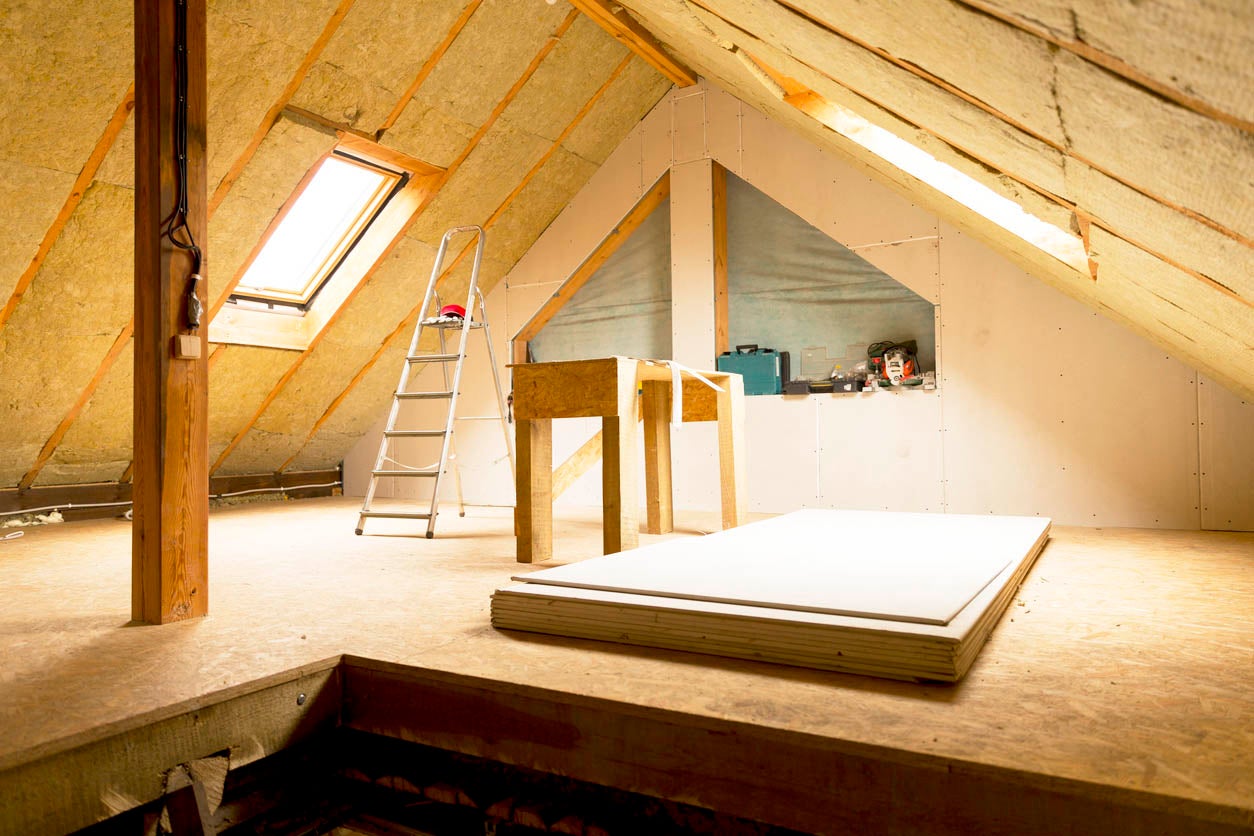
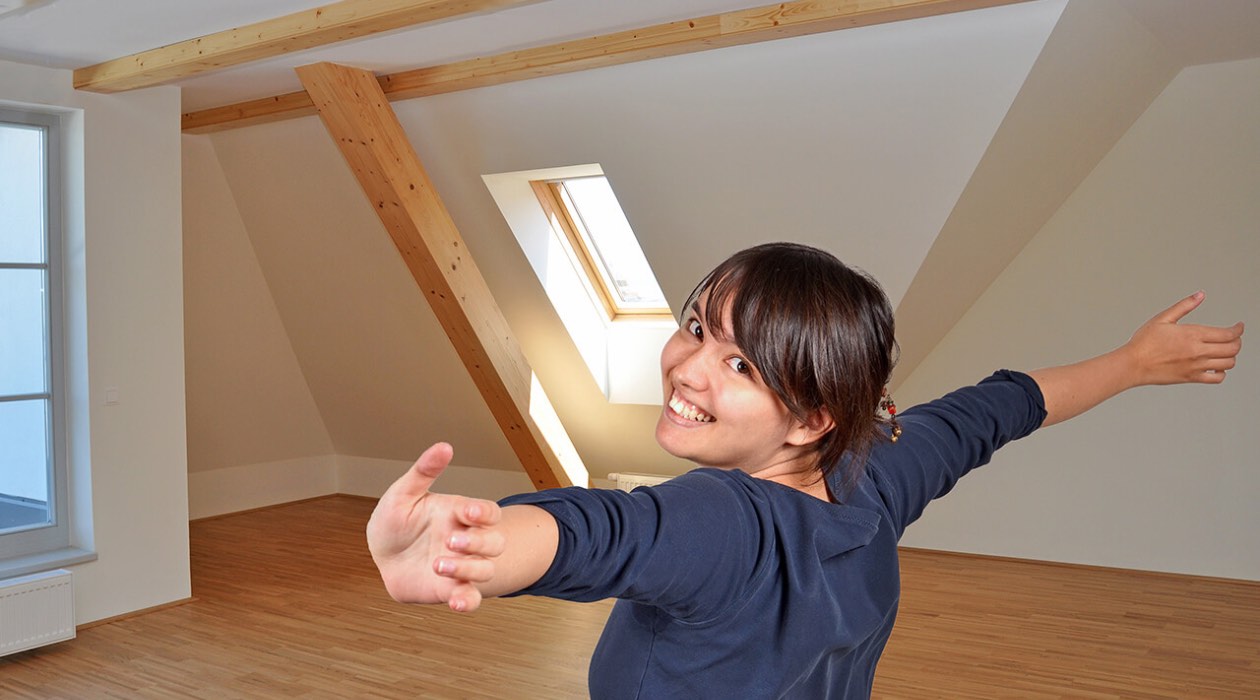
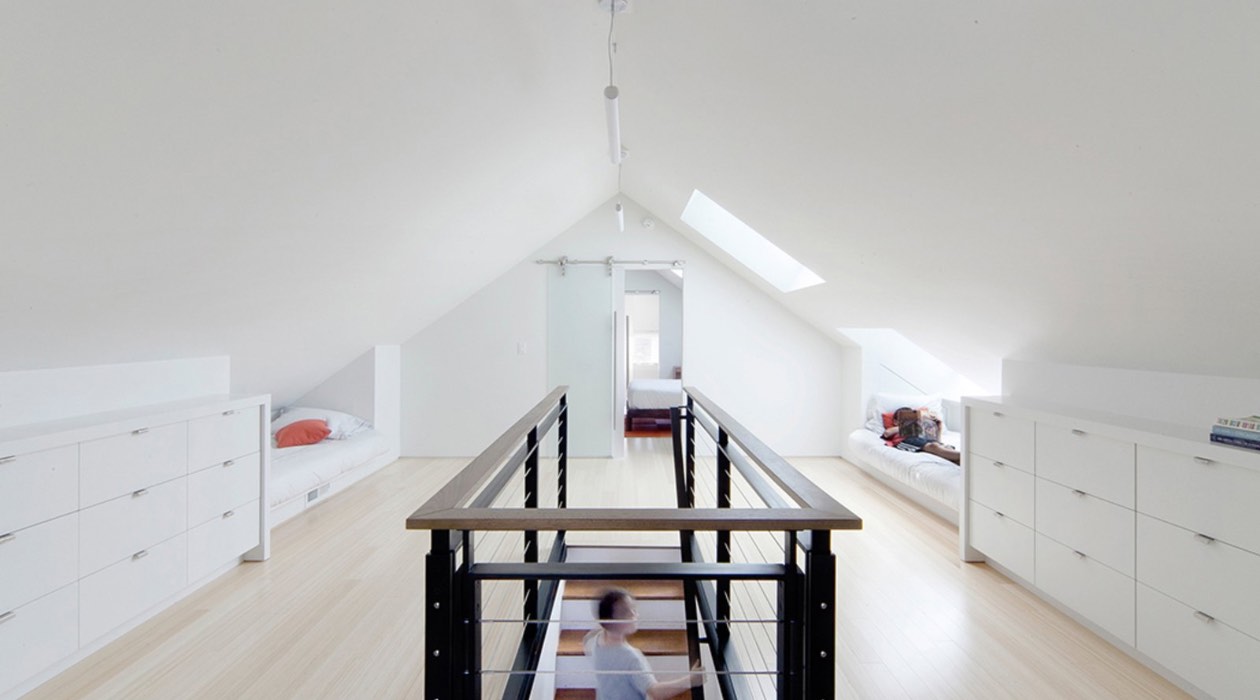
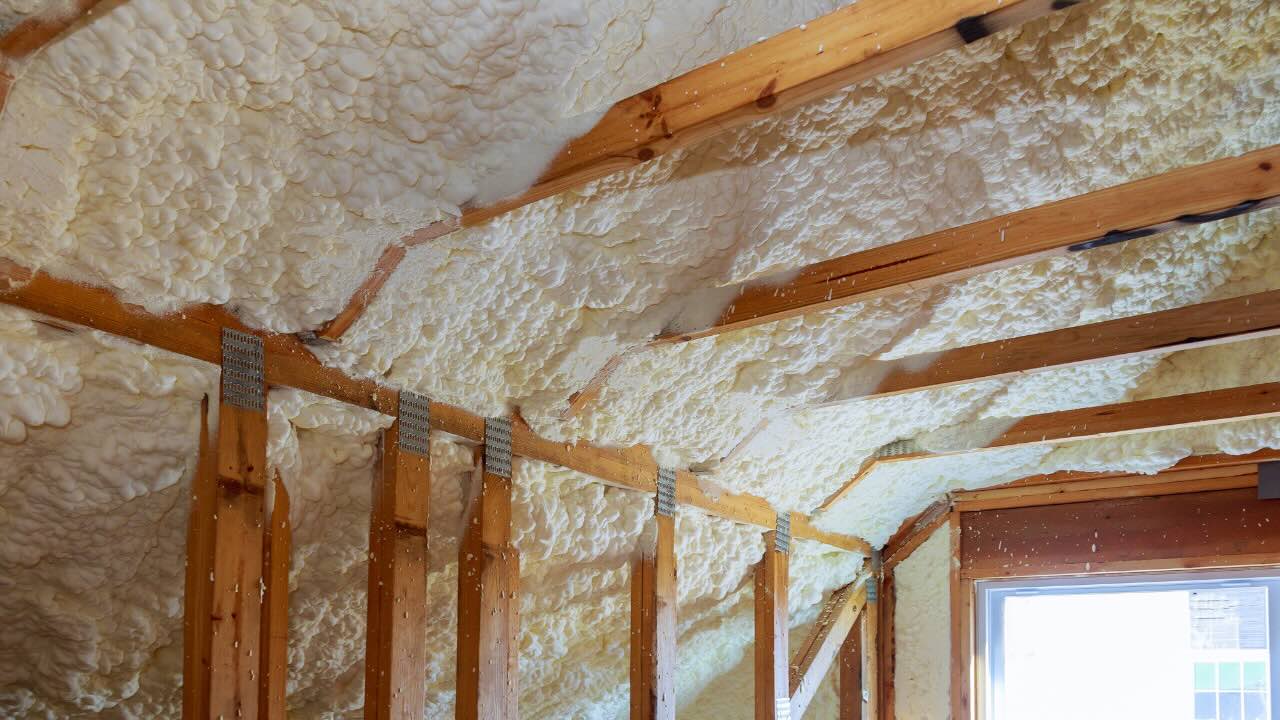
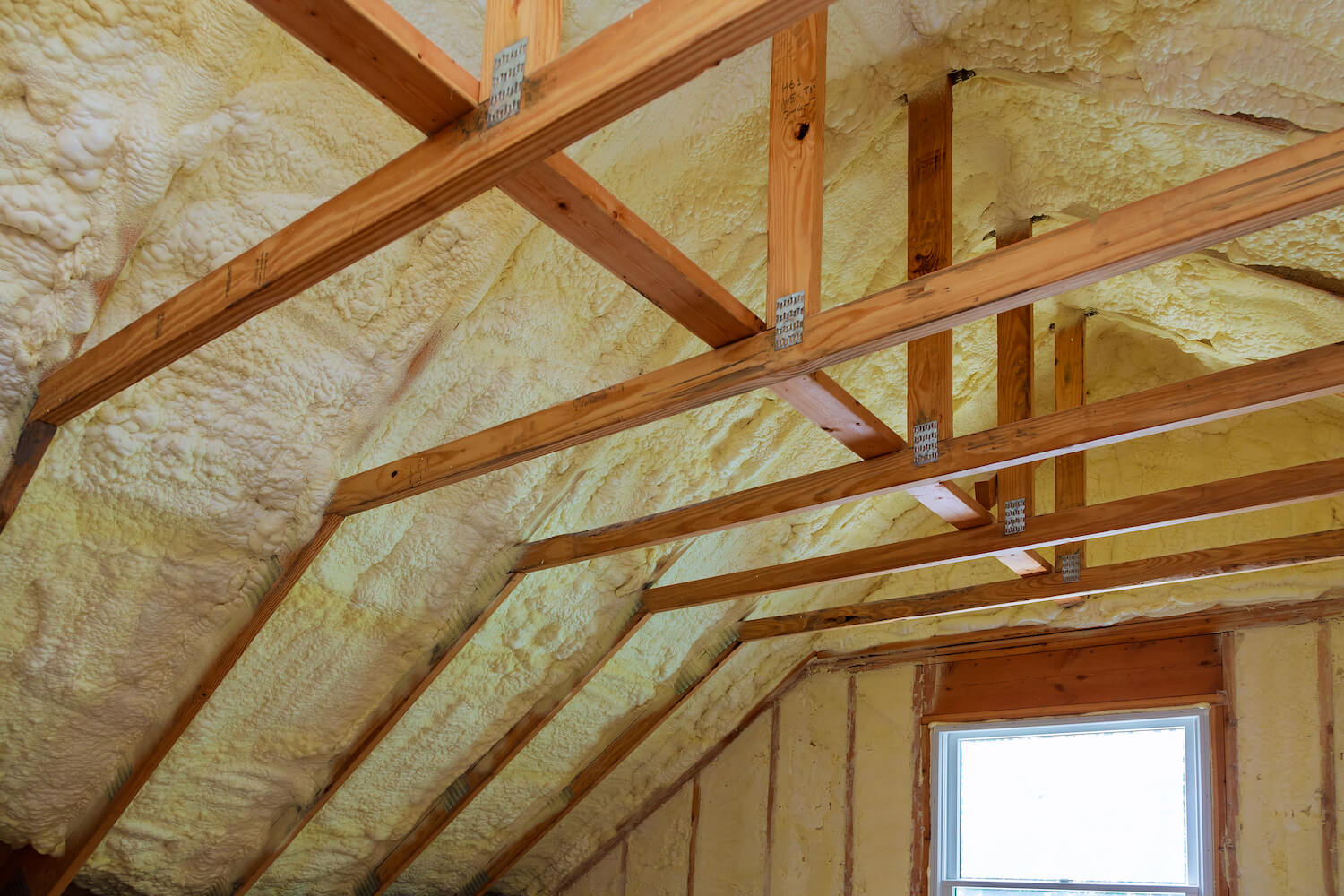
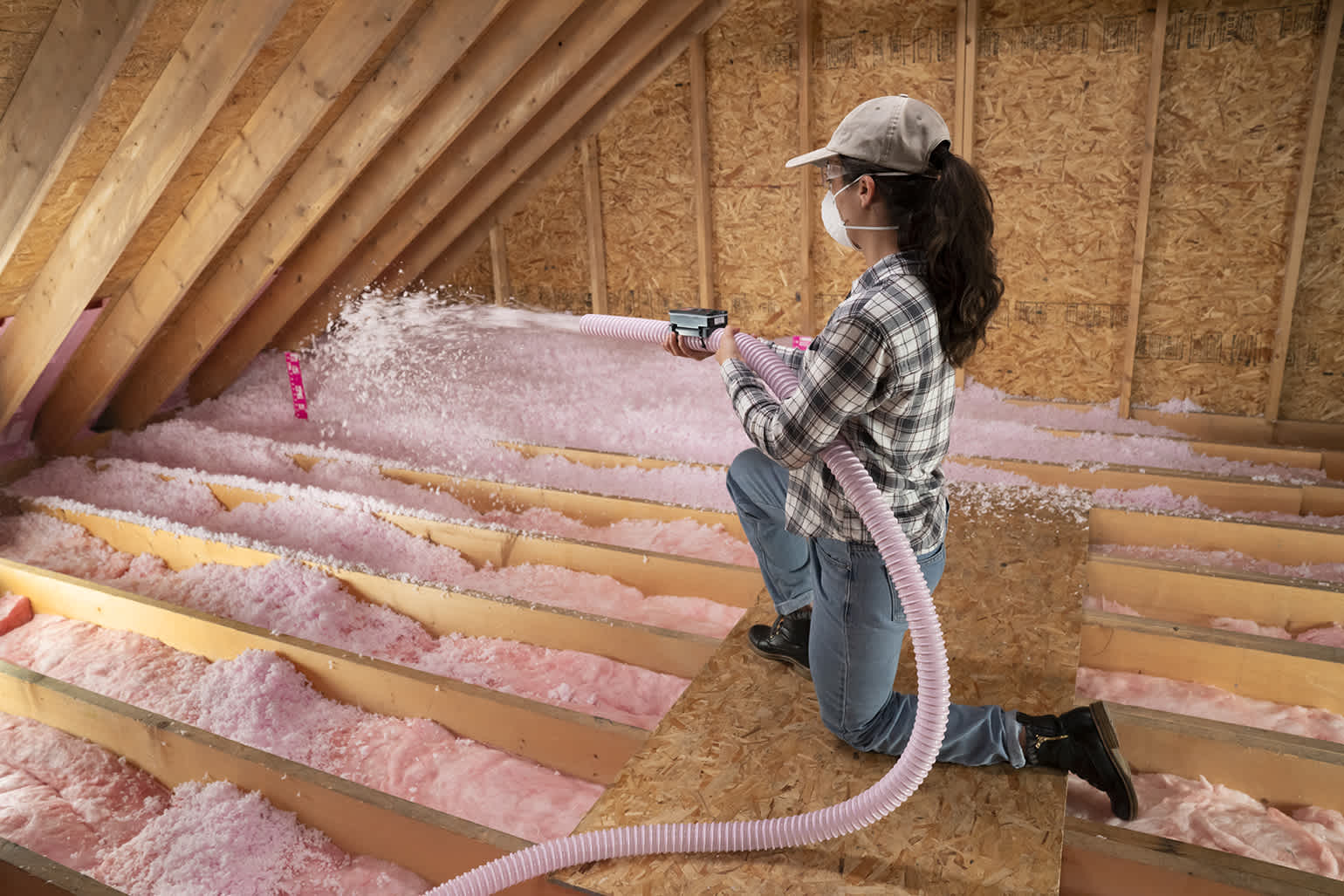
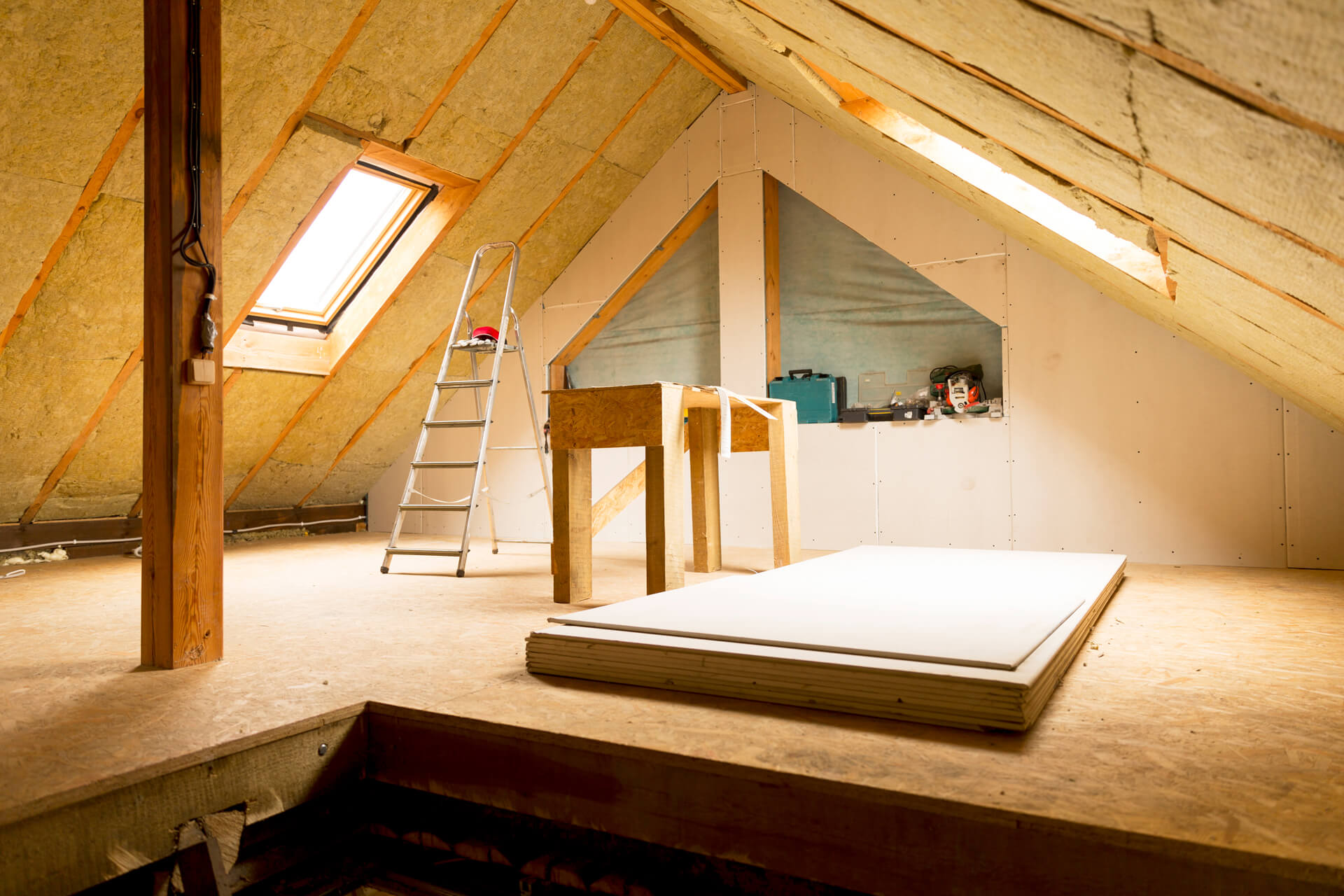
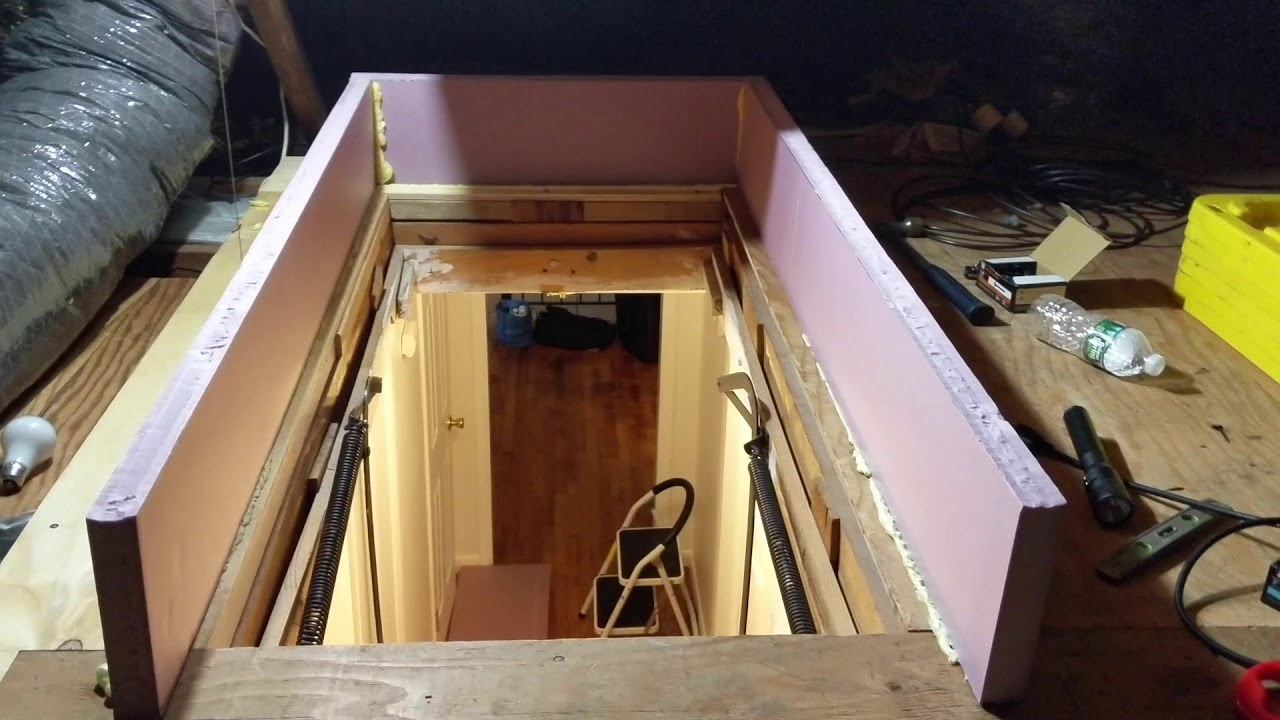
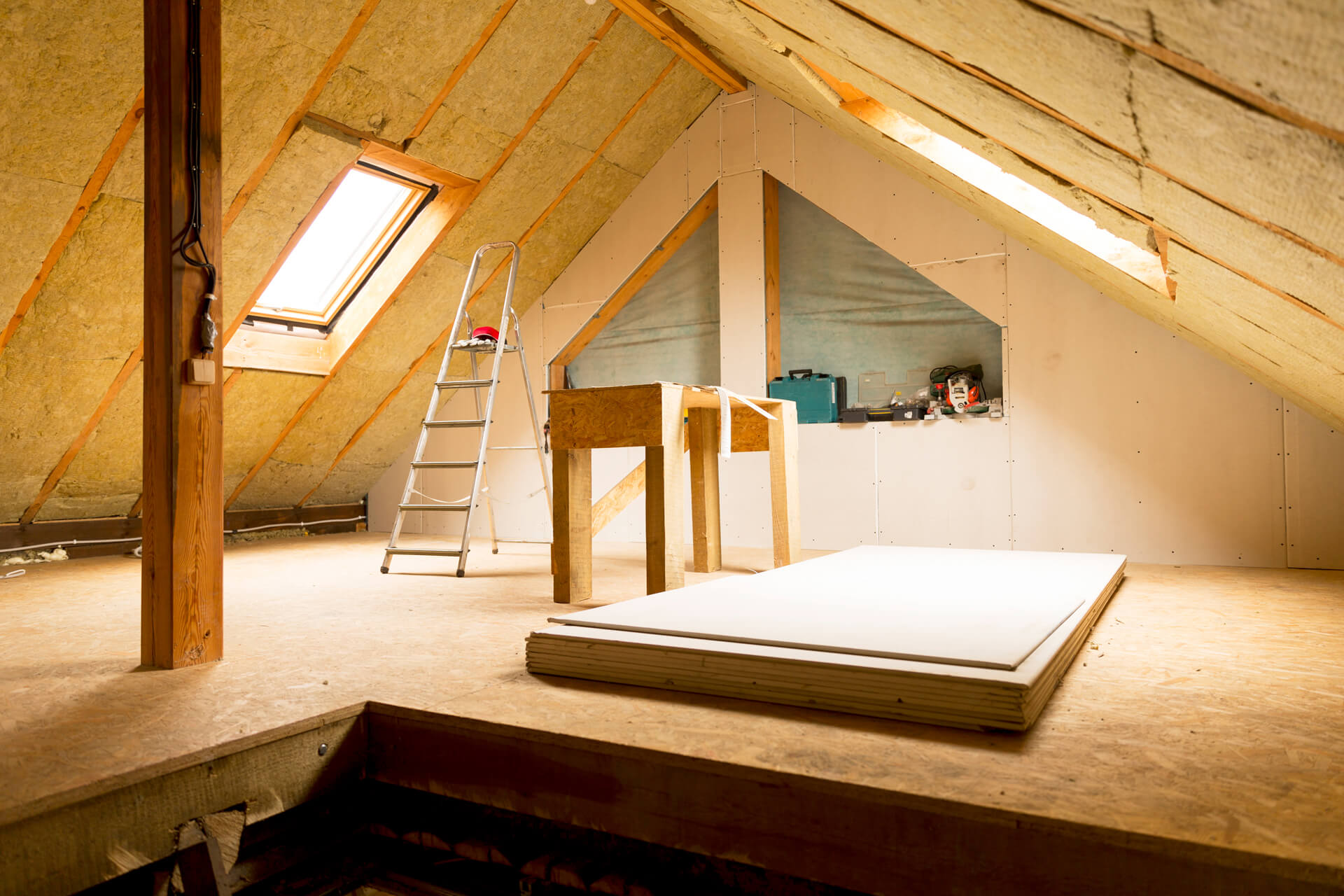

0 thoughts on “How Much Difference Does Attic Insulation Make”